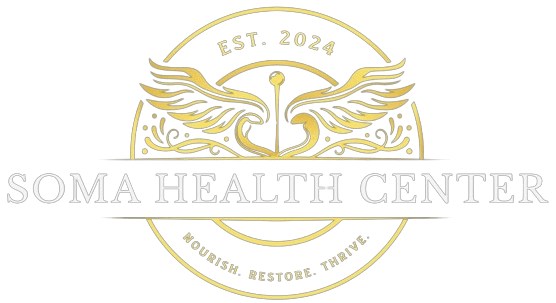Exposure to mold and its associated toxicity can significantly hinder progress in Lyme disease treatment. The symptoms of mold exposure and Lyme disease often overlap, complicating the identification of the root cause of health issues. In this blog post, we will delve into the intricate relationship between mold exposure and Lyme disease, shedding light on how these factors can interact and impact individuals. Additionally, we will explore ways to limit mold exposure.
Exposure to mold can manifest in various symptoms, including chronic fatigue, joint pain, respiratory issues, cognitive impairment (brain fog), headaches, mental health conditions such as anxiety, depression, and mood swings, fluctuations in weight, and chronic sinusitis. These symptoms often overlap with those of Lyme disease, presenting a challenge in accurately pinpointing the underlying cause of health issues. When mold exposure and Lyme disease coexist, these conditions can exacerbate each other, complicating the effectiveness of treatment efforts.
Mycotoxins, which are byproducts of mold, prompt the body to initiate an immune response that involves the production of cytokines. Cytokines act as signaling molecules that instruct the body to combat the perceived threat. Prolonged exposure to mold toxins can cause the body’s natural immune response to shift towards an inflammatory reaction, as the immune system is repeatedly activated. This chronic exposure can result in immune dysregulation and dysfunction, as the body remains in a constant state of defense against the mold toxins. This recurring cycle of immune activation and inflammation is often recognized as Chronic Inflammatory Response Syndrome (CIRS).
For an individual experiencing Chronic Inflammatory Response Syndrome (CIRS) due to mold exposure, their compromised immune function poses challenges in effectively eradicating and treating Lyme disease. The dysfunction of the immune system and the accompanying inflammation provide an ideal environment for Lyme disease and its co-infections to flourish and infiltrate deeper into the body.
An essential initial step in addressing Lyme disease is to eliminate all sources of mold exposure. Effective treatment for both Lyme disease and mold-related issues cannot begin until the external exposure to mold is removed.
Mold exposure isn’t always evident by visible growth on walls or a noticeable smell in the air. We can be exposed to varying levels of mold without obvious signs. Here are some steps to minimize the growth of mold in our environment:
1. Ensure your home’s air filters and HVAC system are regularly maintained.
2. Utilize HEPA filters that can effectively trap mold spores. Consider using a small plug-in HEPA filter, particularly in the bedroom.
3. Thoroughly clean your home, paying special attention to areas prone to mold growth like bathrooms, using mold-killing cleaning agents. Remember: never mix bleach with ammonia-containing products, as this can produce toxic chloramines, which are hazardous to inhale.
4. Maintain a consistent humidity level in your home below 50% by using a dehumidifier if necessary.
5. Promote proper ventilation, especially in moisture-prone areas like the kitchen and bathroom, to prevent the buildup of dampness and humidity.
6. If you suspect a specific area in your home is a potential source of mold, consider hiring a specialist to assess the area and address any mold issues, if necessary.
Apart from implementing measures to reduce external mold exposure, it is essential to consider our food and beverage storage practices and avoid consuming foods that are naturally prone to mold during the healing process. Here are some foods to be mindful of:
1. Peanuts and peanut butter: Peanuts often contain aflatoxins, a type of mycotoxin that can have serious health consequences and may be underestimated.
2. Coffee: While the presence of mold in coffee is a topic of debate, some studies suggest that a significant portion of coffee may contain mycotoxins. Due to inconsistent testing and inadequate regulation, it might be advisable to avoid consuming coffee for safety reasons during treatment.
3. Grains: If you notice mold on bread or other grain products, it is best to discard them. The porous nature of grains allows mold to penetrate beneath the surface.
4. Corn: Corn products are susceptible to various forms of mycotoxins. Use caution when consuming corn products and avoid excessive consumption.
Being cautious of these mold-prone foods can contribute to a healthier environment as you focus on your healing journey
If you suspect that you are experiencing symptoms of mold-related toxicity, there are several herbs and supplements known for their anti-fungal properties that could offer significant relief. One popular option to alleviate symptoms is Pau D’arco, an herb that has been well researched for its distinct antifungal properties. Pau D’arco is easily accessible and can be consumed as a tea or in capsule form. It is best to consult a healthcare practitioner to ensure safety and comprehensive treatment.

